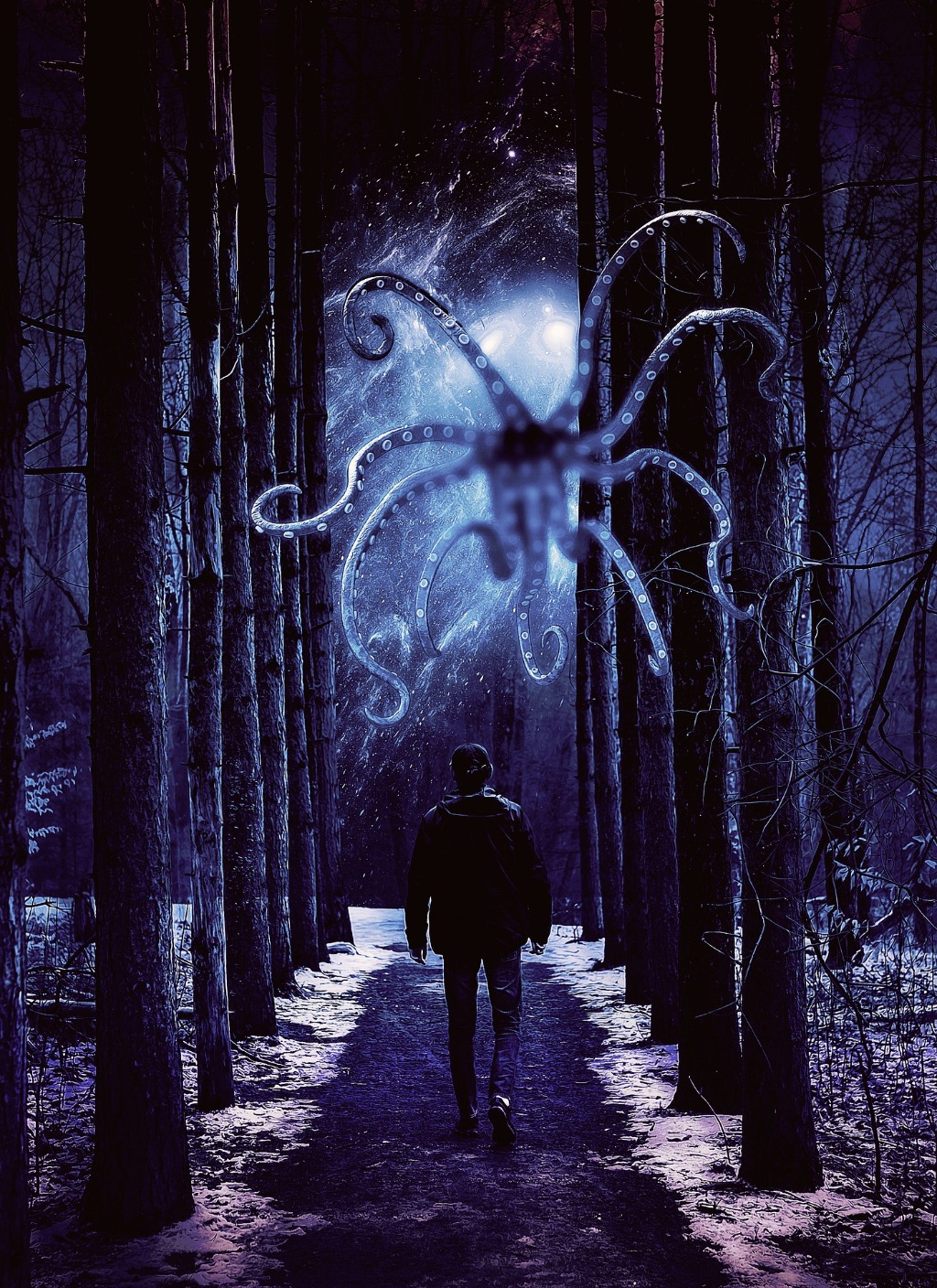There are few delights in life so exquisite as reading. Reading takes us away on fantastic adventures—boat trips across the sea, space missions to fascinating planets, and visits to wondrous magical worlds. But while we had all the time in the world to read growing up, many of us struggle to fit reading a fat tome into our busy schedules. Not to mention how endlessly distracting our laptops, phones, and other digital devices can be.
As I’ve found less and less time for novel reading, I’ve turned to much more easily digestible short stories. You still get to watch great writing at work—in fact, the limited word count often challenges writers to churn out some of their most polished, concise prose. And these stories will still take you to well-imagined worlds and showcase complex dynamics at play between characters. The best part is that you can finish a short story within minutes, or at least an hour or two.
After the conclusion of our exciting worldbuilding short fiction contest, I thought it would be fun to celebrate some of the best short stories in all of literature. Here are ten short stories that are magnificently written and perfect for readers with short attention spans.

1) “The Lottery” by Shirley Jackson
This short story was first released in 1948 in The New Yorker. The magazine received a torrent of letters—more than they had ever received in response to a work of fiction. It’s not difficult to see why this troubling story received so many impassioned responses. It revolves around an unnamed American village where citizens must draw lots once a year in a mysterious lottery. What happens after an individual is chosen by the lottery is deeply disturbing and will have you thinking for long afterward about the nature of humanity and whether the ends can truly justify the means.
2) “Harrison Bergeron” by Kurt Vonnegut
“Harrison Bergeron” is a sci-fi short story that was originally published in 1961 in The Magazine of Fantasy and Science Fiction. It takes place in a future where everyone has been made equal by handicapping anyone with above-average abilities. Strong people must carry heavy weights, the beautiful have to wear ugly masks, and those with a high intellect wear headsets that interrupt their thinking with loud noises. A televised debate comes to a screeching halt when Harrison Bergeron shows up and announces he will be the emperor of a new, better world while his parents watch at home. This is another thought-provoking story that will stay with you long after you’ve finished reading.
3) “The Tell-Tale Heart” by Edgar Allen Poe
Arguably horror master Edgar Allen Poe’s best-known story, “The Tell-Tale Heart” was first published in 1842 in James Russell Lowell's The Pioneer. The story follows the narrator who commits a murder, then unravels into madness as he’s haunted by the heart of his victim beating under the floorboards. Poe uses his fantastic writing skills to take us into the narrator’s head and grapple with him as he meditates on his crime. It’s an American gothic classic that’s frequently referenced and adapted in TV shows and movies.

4) “A Study in Emerald” by Neil Gaiman
“A Study in Emerald” was first published in the 2003 anthology Shadows Over Baker’s Street, and then again in the author’s 2006 short story collection Fragile Things. Neil Gaiman refers to the story as “Lovecraft/Holmes fanfiction”. As you may have guessed, in the story, the worlds of Sherlock Holmes and the Cthulhu Mythos created by horror writer H.P. Lovecraft crash together with delightful results. “A Study in Emerald” deservingly won the 2004 Hugo Award for Best Short Story. If you’re a fan of Gaiman, Holmes, Lovecraft, or all of the above, you will deeply enjoy this weird, wonderful tale.
5) “A Rose for Emily” by William Faulkner
This story was first published in 1930 in an issue of The Forum. It is widely taught in classrooms—I first encountered it in a college Comparative Literature course. It takes place in Falkner’s fictional Jefferson, Mississippi in the county of Yoknapatawpha. After Emily Grierson loses her father and is abandoned by her suitor, she tucks herself away at home and becomes secluded. Emily attracts the townspeople’s attention when they notice a strange smell coming from her home, that Emily has bought poison, and that she’s been taking nightly carriage rides with a man new to town. “A Rose for Emily” is a beautifully written and dark story that is well worth a read.

6) “The Yellow Wallpaper” by Charlotte Perkins Gilman
“The Yellow Wallpaper” was first published in 1892 in The New England Magazine. The story is written in first person in the form of several journal entries. The narrator and her physician husband have rented a mansion for the summer so she can recuperate from what her husband calls “temporary nervous depression—a slight hysterical tendency”. The narrator slips into true madness as she becomes obsessed with the yellow wallpaper in her room. This story is seen as an important work of early American feminism with the way it depicts the prevailing attitudes toward women’s physical and mental health in the nineteenth century.
7) “Hills Like White Elephants” by Ernest Hemingway
“Hills Like White Elephants” was first published in 1927 in the literary magazine transition, and also later in the 1927 short story collection Men Without Women. This story is a marvelous example of clearly talking about a subject without bringing it up at all. It revolves around a man and woman who are waiting in a Spanish train station for a train to Madrid. The man tries to convince the woman to get an “operation” which is clearly an abortion. Like “A Rose for Emily”, this is a story I first encountered in college and it can teach you writers out there about subtlety and crafting great dialogue.

8) “The Legend of Sleepy Hollow” by Washington Irving
This gothic short story was first published in 1820 in the author’s collection of essays and short stories The Sketch Book of Geoffrey Crayon, Gent. Like the author’s “Rip Van Winkle”, you have probably heard of Ichabod Crane and the Headless Horseman, and seen one of the story’s countless adaptations (my personal favorite is Tim Burton’s 1999 film Sleepy Hollow). But I highly recommend reading the original story as well, where you will find excellent writing and a wonderfully creepy atmosphere.
9) “The Ones Who Walk Away from Omelas” by Ursula K. Le Guin
“The Ones Who Walk Away from Omelas” by master wordsmith Ursula K. Le Guin was first published in 1973 in the anthology Dimensions, volume 3. This is another story I learned about in school and have loved it ever since. In the story, the narrator depicts the summer festival in the utopian city of Omelas. But the city’s peace and prosperity come at a cost—a cost some citizens are unwilling to accept. Like The Lottery, this is a story that really makes you think whether the ends can ever really justify the means. This story was nominated for the Locus Award for Best Short Fiction in 1974 and won the 1974 Hugo Award for Best Short Story.

10) “Radio Silence” by Tracy Pitts
This story was first published right here on Fictionate.Me as an entry in our worldbuilding short fiction contest! It seemed fitting to include this winning title here in the list, particularly since I haven’t been able to stop thinking about it since finishing. The story takes place in 3045 after the “Cleanse”, and Eleanor’s grandmother gives her a defunct radio. “Radio Silence” features beautiful writing and has a fantastic voice. The story is told in present tense, which the author utilizes flawlessly.
You can read “Radio Silence” right here.
If you’re looking for more short stories without having to hunt around the library or Internet, you can read all of our winning contest entries here.
Follow us on Facebook | Instagram | Twitter | Discord